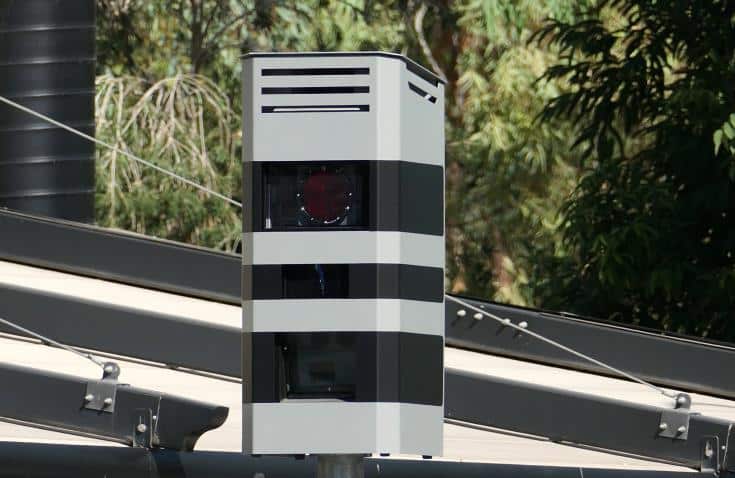The Department of Electromechanical Services of the Ministry of Transport, Communications and Works, as the contracting authority for the supply, installation, maintenance and operation of the photo-marking system, announces that it has completed the checks and acceptance procedures of the pilot phase of the project and has established that, both the equipment installed in the pilot phase as well as the operation of the system are consistent with the provisions of the relevant contract.
With the receipt of the pilot phase which included, among others, the infringement processing centre, four mobile and four fixed cameras, the project will enter the first phase where, within the next six months, the procurement and gradual installation of another 20 fixed cameras at six intersections and 16 mobile ones. In the second phase following the first, another 66 fixed cameras will be installed.
The light-marking system automatically detects and records violations of the stop line at intersections, red traffic lights and speed violations. In addition, during the processing of the data of a violation, through the photos, violations such as not wearing a helmet, using a mobile phone and not using a seat belt are detected and reported.
The photo-marking system is one of the basic tools for policing, creating appropriate road behavior and correct use of the Road Traffic Code. For this reason, the Ministry of Transport, Communications and Works considers that the transition from the pilot to the next phase of the project is an essential step in the context of the overall effort to prevent and reduce road collisions, especially in parts of the road network which it is judged that they need increased policing.
